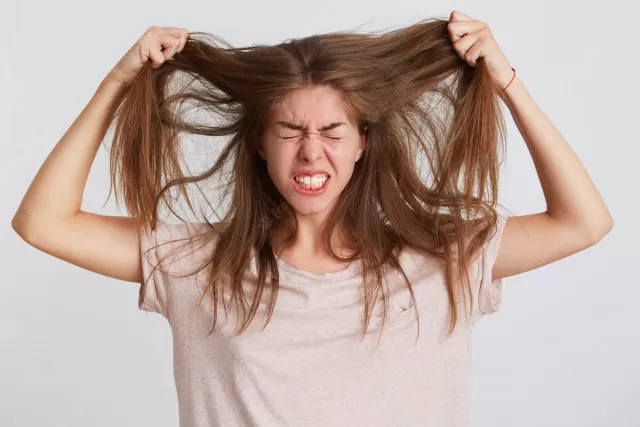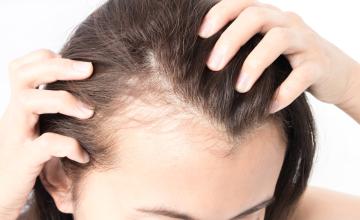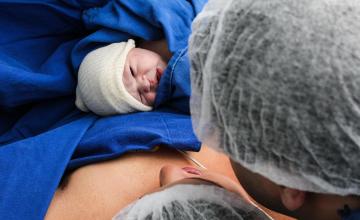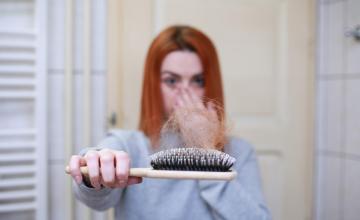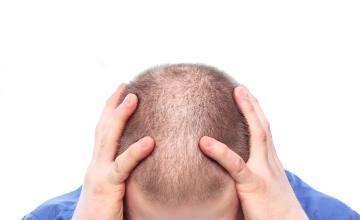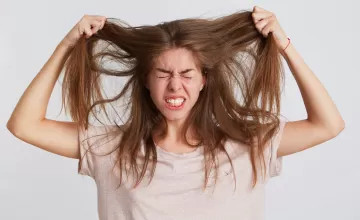Men and women who have the impulse to pull their own hair out may be suffering from trichotillomania. Trichotillomania is an impulse control disorder characterized by the repeated urge to and behavior of pulling out one's own hair. Impulse control disorders resemble substance addictions because the patient feels out of control of his or her own behaviors. Men and women with trichotillomania live relatively normal lives but typically show signs of hair loss, thinning, and bald spots all over the scalp and body from pulling it out.
Treating trichotillomaniagoes far beyond trying to stimulate hair regrowth.Even if Rogaineor laser therapy for hair losswere to regrow hair, there is a strong possibility that trichotillomania patients will continue to pull their hair out. Patients with trichotillomania therefore, should be treated at the source of the disorder in conjunction with using proven hair loss treatments.
In addition to medication, Habit Reversal Training (HRT) by a trained counselor has proven to be successful in treating trichotillomania. With Habit Reversal Training, the individual is taught to recognize and redirect their impulse to other more constructive activities. Often times, trichotillomaniapatients are asked to keep a journal of their hair pulling episodes. This can help the counselor and patient to identify and develop strategies to avoid situations that might trigger hair pulling episodes. Journals often include the location of the incident, number of hairs pulled, date, time, and their feelings and thoughts during the episode.
Treating a trichotillomania patient's baldness may be done simultaneously or after proper treatment of the disorder. Rogaine (minoxidil)can be a helpful aid to HRT by stimulating the follicles underneath the scalp, potentially facilitating or expediting hair growth.Treating a patient’s hair loss while they continue to pull their hair out is not constructive. Since this type of balding is not genetic due to the production of DHT, Propecia (finasteride)won't likely help.
Patients who've suffered from trichotillomania for awhile may damage or even remove the hair roots by excessive pulling, making non-surgical hair regrowth next to impossible. Surgicalhair restorationmay be an option for trichotillomania patients whose hair roots are too damaged to produce new hair on their own. Hairrestoration surgeryshould be reserved only for patients who've been successfully treated and no longer suffers from trichotillomania.
Catching and treating trichotillomania early will most likely reduce damage done to the hair follicles and eliminate the need for hair loss treatment, since undamaged hair will return on its own.
